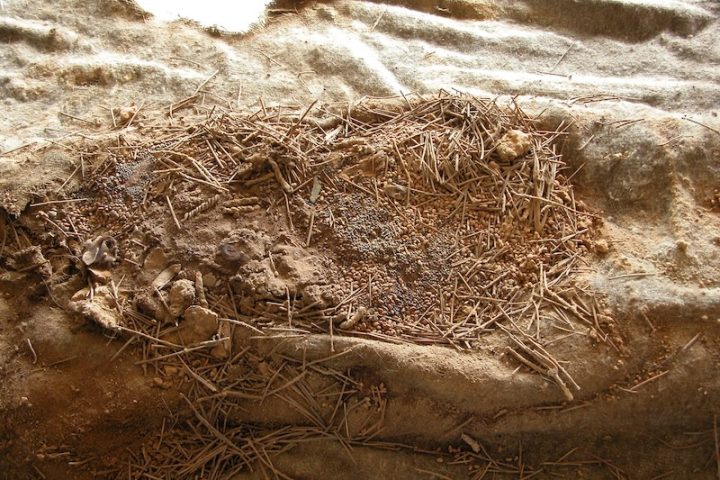Scientists are still fascinated by the question of how life first evolved on Earth, but it’s difficult to look back billions of years in time. Evidence is now mounting for a relatively new theory of how life first emerged: a very specific combination of RNA and DNA.
All biological life’s genetic makeup is determined by both RNA and DNA, with DNA serving as a genetic blueprint and RNA as a reader or decoder. Long believed to have evolved first on Earth, RNA, and then DNA, accumulating evidence now suggests they may have both formed at the same time and contributed to the emergence of life on the planet.
This hypothesis was supported by a 2021 study that described how the simple chemical diamidophosphate (DAP), which may have existed before life on Earth, can join deoxynucleosides, the building blocks of DNA, to form fundamental DNA strands.
- The Books and Life of Agatha Christie
- Spiegel: Population growth, which countries are growing and which are shrinking?
According to chemist Ramanarayanan Krishnamurthy of Scripps Research in California, “this result is a significant step toward the construction of a precise molecular model of how the first life forms emerged on Earth,” he made the statement back in January 2021.
The results support the theory that DNA and RNA evolved simultaneously from similar chemical processes at the start of life on Earth, and that the first self-replicating molecules may have included mixtures of both of these nucleic acids rather than just RNA, as suggested by the more well-established “RNA world” hypothesis.
One of the major problems with the notion that RNA was responsible for the origin of life as we know it today is how RNA managed to undergo the necessary self-replication process given that RNA often requires enzymes to divide, which emerged after RNA.
According to what we currently know, it appears that RNA received some assistance in the engineering of life. The most recent research indicate that DNA may have provided this assistance, as it produces “chimeric” molecular strands that can separate more readily than RNA alone.
The researchers’ series of laboratory experiments mimicked what might have occurred prior to the origin of life on Earth and demonstrate how DAP could have conceivably produced basic DNA in a manner similar to how RNA can be put together from chemical building blocks.
Chemical biologist Eddy Jiménez from Scripps Research said, “We discovered, to our surprise, that employing DAP to react with deoxynucleosides works better when the deoxynucleosides are not all the same but instead are mixes of distinct DNA letters such as A and T, or G and C, like real DNA.
Given that the first living forms on our planet emerged billions of years ago, we may never be able to conclusively say whether DNA or RNA played a role in their formation, but our understanding of these processes is constantly expanding.
Additionally, the finding is helpful for understanding the link between RNA and DNA, which has a wide range of applications in contemporary chemistry and biology.
We can start applying it to mixtures of ribonucleoside and deoxynucleoside building blocks to see what chimeric molecules are formed and whether they can self-replicate and evolve, according to Krishnamurthy, now that we have a better understanding of how a primordial chemistry could have produced the first RNAs and DNAs.
Angewandte Chemie published the research.





